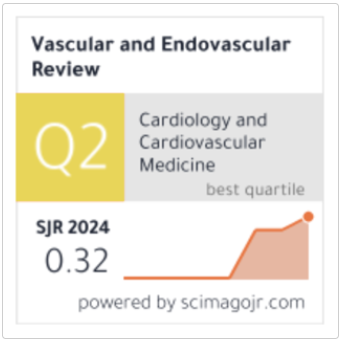Interleukin 33 as A Marker for Early Detection of Osteoporosis in Women
Keywords:
IL-33, osteoporosis, postmenopausal women, bone turnover markersAbstract
Background: Osteoporosis is a widespread skeletal disorder distinguished by diminished bone mineral density (BMD) and raised possibility of fracture, particularly in postmenopausal females. Objective: This research aimed to evaluate serum Interleukin 33 (IL-33) concentration in postmenopausal females with osteoporosis and investigate its correlation with bone turnover indicators to assess its potential as an early biomarker for osteoporosis. Methods: A case-control investigation has been performed on 100 postmenopausal women, separated into 50 osteoporotic cases and 50 age-matched healthy controls. BMD has been assessed utilizing dual-energy X-ray absorptiometry (DXA). Serum concentrations of IL-33, calcium, alkaline phosphatase (ALP), Vit D, procollagen type I N-terminal propeptide (P1NP), parathyroid hormone (PTH), and C-terminal telopeptide of type 1 collagen (CTX) have been evaluated. IL-33 levels have been determined using ELISA. Results: IL-33 concentrations were significantly reduced in osteoporotic cases (3.32 ± 2.09 pg/mL) in comparison with controls (12.01 ± 5.74 pg/mL; p below 0.001). A positive association has been discovered between IL-33 and PTH (r equal 0.398, p equal 0.02) and P1NP (r equal 0.401, p equal 0.009), while a negative association existed with CTX (r = −0.495, p = 0.0014). Significant variances were also discovered in ALP, CTX, calcium levels, and fracture incidence between groups. Conclusion: Serum IL-33, a marker of bone turnover, is significantly reduced in females with osteoporosis after menopause, suggesting it may have a protective role in bone metabolism and aid in early osteoporosis detection.








